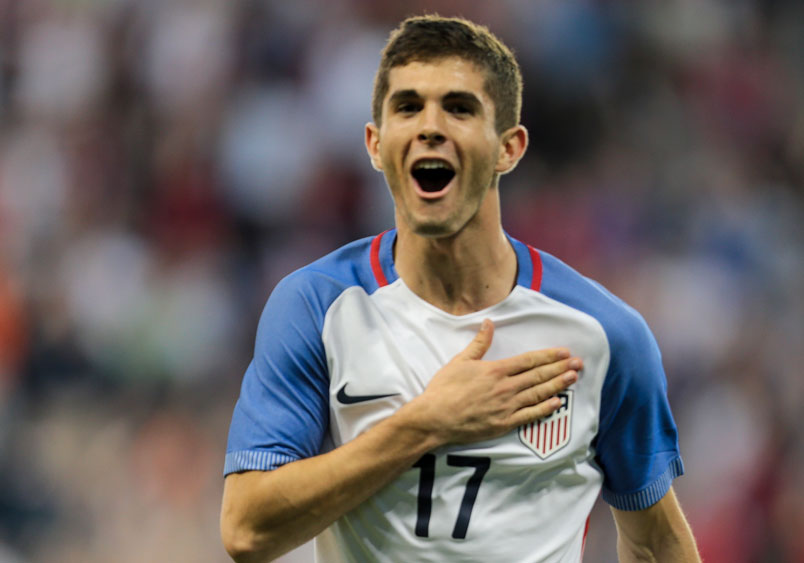U.S. soccer needs more players like Pulisic
February 27, 2018
The United States Soccer Federation elected Carlos Cordeiro as its new president earlier this month. This means that the federation — in dire need of change across the board due to having its national team miss out on this summer’s World Cup — will have the former vice president appointed as president.
This decision has been met with heavy criticism by U.S. soccer fans and former players alike. The appointment of Cordeiro clearly shows no acknowledgment of the problems the federation faces, let alone any serious intention to improve the national team.
Problems with the United States soccer system are abundant, but the main issue that must be solved is the aspect of youth development.
First, the club level is a major disservice to developing young players. For those who do not know, club soccer is the equivalent of AAU basketball or baseball. It costs money to play, which limits who can play and who cannot, simply because of their family income instead of talent.
This leaves out loads of talented players across the country in favor of mediocre players who can pay their clubs. Players who have lots of potential might never get a chance to play club, while some bad players pay more to play.
Other than the club option, youth players can go to MLS academy teams, but they are majorly underdeveloped compared to European academies and are also plagued by money and politics.
So, right away potential United States players are being left behind because they cannot pay to get top coaching or are simply never seen. It gets even worse at the top for those players who go to college. Collegiate soccer players in the United States are already far behind their international counterparts.
European soccer academies are much more advanced than those in America. Across the pond, children are taken in from a young age, drilled daily on soccer by professional staffs, and treated like pros.
By the time top players in Europe are 19 or 20, the age of American collegiate players, they are past the academy and battling for a spot at the professional level against grown men. Meanwhile, potential star Americans are losing out on crucial development during this time due to college.
College is important and most of the players will never be professional players, but those who show immense potential have no chance of making it internationally, since they are held back by the college system.
U.S. soccer should look no further than Christian Pulisic when looking at how a player should grow. Pulisic grew up in Hershey, Pa., playing for PA Classics, a club out of eastern Pennsylvania.
Pulisic then moved to Germany in 2015 at the young age of 16 to train in Dortmund with the professional club Borussia Dortmund, one of the top clubs in the world. He has blossomed in Germany, quickly turning into America’s most promising player and is currently one of the most intriguing talents in the world.
If U.S. soccer ever wants to get better, it must fix youth scouting and development to give everyone a chance. Going to learn abroad should be seen as a positive learning experience rather than staying in a subpar MLS academy or going the collegiate route.
Until the United States can figure out how to find and develop more talent, it will always lag far behind international powerhouses and fail to have any success.




